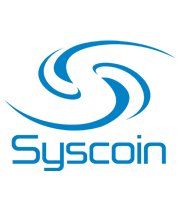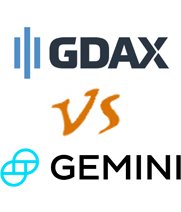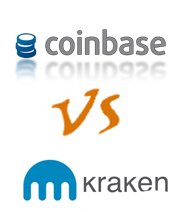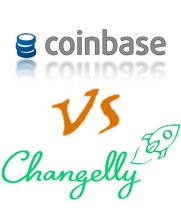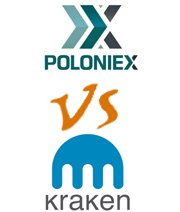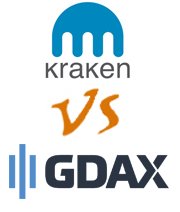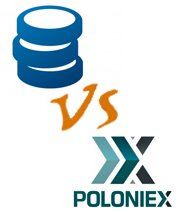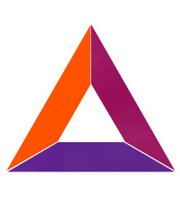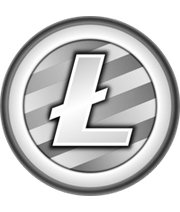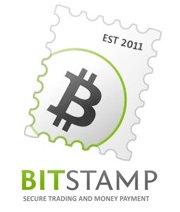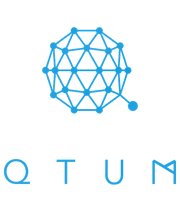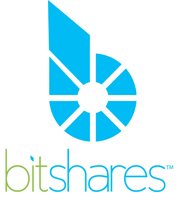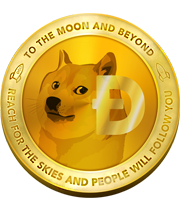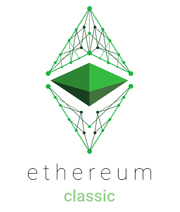
Table of Contents
- 1) How Did Ethereum and Ethereum Classic Split?
- 2) The Smart Contract
- 3) The Emerald Software Developer Kit
- 4) The Geth Tool
- 5) Ethereum Classic’s History
- 6) The Team Behind Ethereum Classic
- 7) The Coin Supply
- 8) The Future of Ethereum Classic
- 9) Ethereum Classic’s Competition
- 10) The Trading History
- 11) Where to Buy Ethereum Classic
- 12) Where to Store Ethereum Classic
- 13) Ethereum Classic vs Ethereum
- 14) Ethereum Classic vs Cardano
- 15) Ethereum Classic vs LiteCoin
- 16) Frequently Asked Questions
- 17) Conclusion
There are two Ethereums. One is Ethereum, the familiar ETH that’s trading on the markets, and the other is Ethereum Classic, or ETC. The split was over the principles that started Ethereum, with two different development teams taking these different blockchains in different directions. They have their similarities, but there are some significant departures that make these two different versions of Ethereum quite different, so don’t confuse the two.
Feel free to use our little guide as a way of getting acquainted with Ethereum Classic, how it works, and how it can help you. And don’t forget to check our newly-released list of the best altcoins of 2024, and see which ones made the cut.
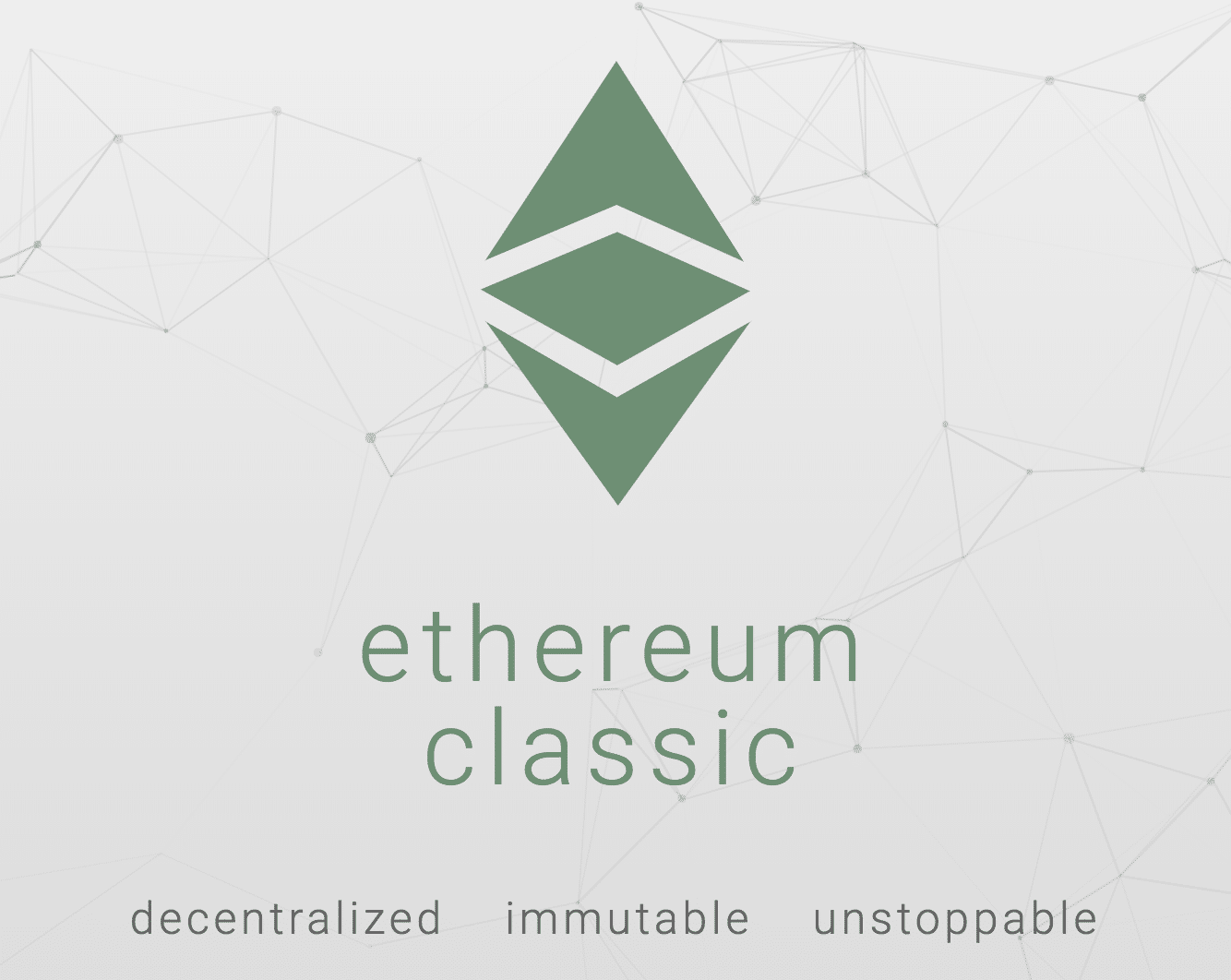
How Did Ethereum and Ethereum Classic Split?
Back in the day (2024) there was one Ethereum. A group was founded called the Decentralized Autonomous Organization, and they started a venture fund that would be run and directed by the investors. It was a bit hit, getting $150 million worth of Ether in funding.
Then, disaster struck.
A hacker found a security flaw, and 3.6 million Ether was stolen. The creator of Ethereum, Vitalik Buterin, along with the majority of the Ethereum userbase wanted to do what was called a “hard fork,” in essence calling for a do-over. They would reverse the blockchain to just before the hack, so that people’s money could be returned.
There are those who didn’t like that this was done, believing that it violated the principle of the blockchain’s inviolability. The losses during the hack should have been accepted, these purists said. They didn’t believe in changing the rules to suit themselves: they wanted the chain to be sacred. These purists continued to support the original blockchain, which became known as Ethereum Classic. “Ethereum,” as we know it, is actually a new fork off of the original blockchain.
buy grifulvin canada http://healthinschools.org/wp-content/languages/new/canada/grifulvin.html no prescription
The Smart Contract
Smart contracts allow people to make transactions that only go through when both parties’ demands are met. They were invented as a way to have an impersonal, automated enforcement of a contract’s provisions without the need for a third party.
buy amitriptyline canada http://healthinschools.org/wp-content/languages/new/canada/amitriptyline.html no prescription
Ethereum Classic’s smart contracts are enforced by the Sputnik Virtual Machine, a Turing-complete machine – which means it’s capable of simulating virtually any sort of computer code or program. The Sputnik is in turn run by ETC nodes, users who execute the machine’s code so that transactions can happen. They’re rewarded in ETC, giving people incentive to set up their own nodes and process transactions. This is what keeps Ethereum Classic decentralized.
The Emerald Software Development Kit
Ethereum Classic has something called the Emerald Software Development Kit, which allows people to create apps by providing them with libraries, user interfaces, and tools to build with. Ethereum Classic wants to make it possible for anyone to get involved, creating an environment where limitless programs and services can be programmed on top of the blockchain. One day, they hope these apps can interact with other things, from bank accounts to social media to the thermostats in your home.
They aren’t the only ones with their own development kit. Ethereum Classic has some competition – some of which can be seen here at our review of the best altcoins of 2024.
The Geth Tool
The Geth is a tool that runs a node of Ethereum Classic. Anyone who wants to set up their own node and process transactions, mine, or manage their accounts will need this. It’s been developed by the ETC team independent of Ethereum, showing that they’ve been dedicated to making ETC its own thing and not just piggy-backing off the work of the original unified Ethereum.
The tool also allows you to transfer money and assets between your wallets, making it a crucial part of the Ethereum Classic experience.
Ethereum Classic’s History
Once the split occurred in July 2024, many thought that Ethereum Classic would melt away into nothing – but it didn’t. People continued to mine and trade, making it clear that there was a community of people behind it that would just not go away. After Ethereum Classic had its own currency listed on Poloniex, they were attacked by users of the new Ethereum, prompting ETC to justify themselves with a Declaration of Independence.
In this, they declared their principles: “code is law,” the blockchain is immutable, and history cannot and should not be modified for any reason.
They don’t have any professional connection to the Ethereum Foundation. But they don’t need to. They have their own team.
The Team Behind Ethereum Classic
This team is lower-profile than many we’ve seen, united by the ideas that founded the Ethereum Classic organization. Many of them have experience in software development. One other thing that unites them is the desire to make software that is stable, as opposed to constantly changing and altering like some technology.
buy bactroban canada http://healthinschools.org/wp-content/languages/new/canada/bactroban.html no prescription
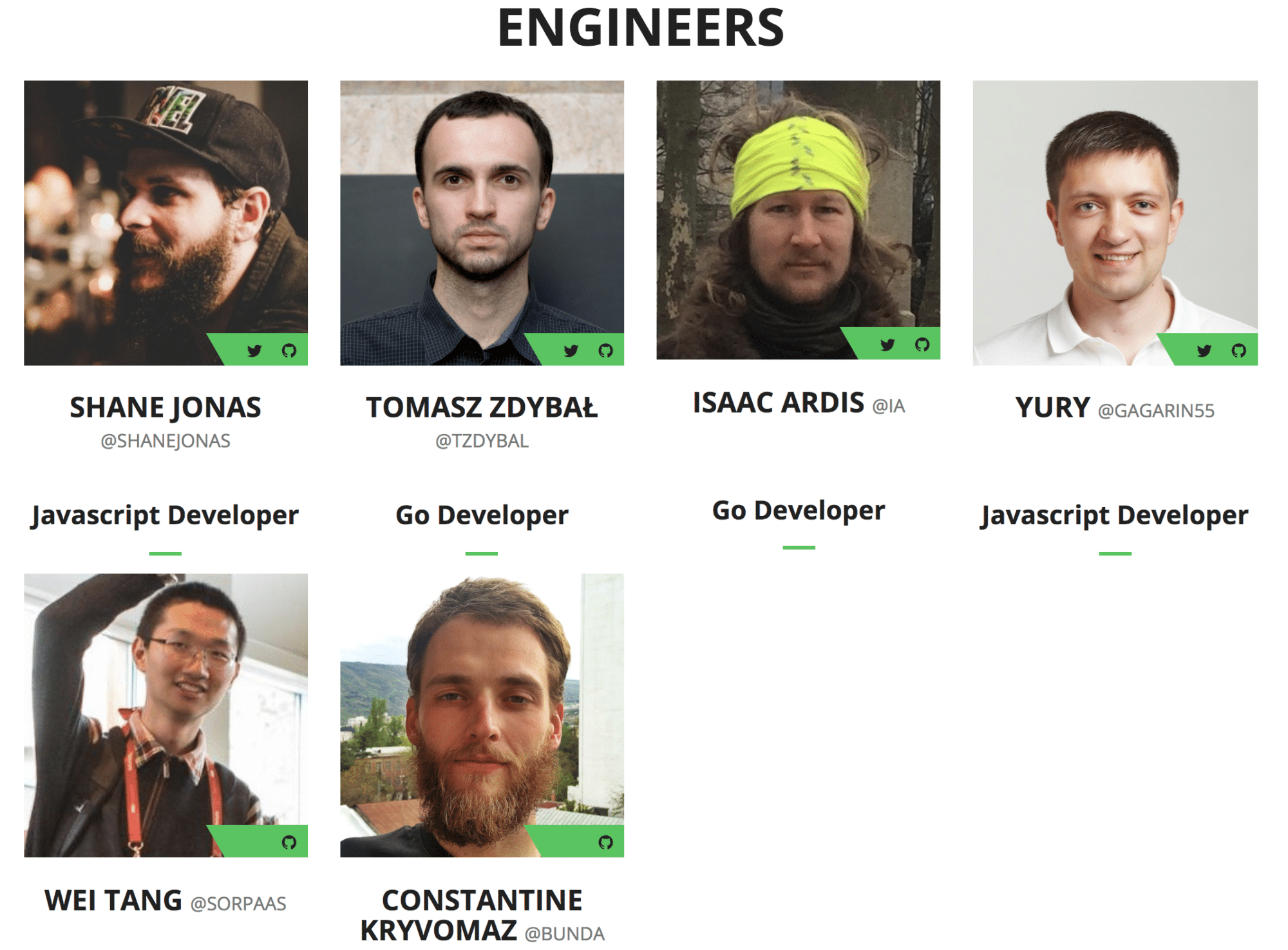
The Coin Supply
There are significant differences when it comes to mining. While Ethereum has a “difficulty bomb” that purposely increases the difficulty of the proof-of-work method as time goes on (in order to encourage a move to proof-of-stake), ETC removed this bomb and maintains a proof-of-work approach.
Block times are about 10 to 14 seconds, and each block nets a reward of 5 ETC. Transaction fees are about 1%.
ETC plans to cap the supply at 210 million, while Ethereum has no such capping plans. ETC thinks that capping it will make it a better investment over time.
The Future of Ethereum Classic
Right now the focus of the team is on the Emerald Desktop Wallet, and in 2024 they plan on making a mobile version as well. If ETC really takes off there will be a need for “side chains” to help prevent network overload in transactions. These side chains are also under development. You can see more about their plans in the graphic below:
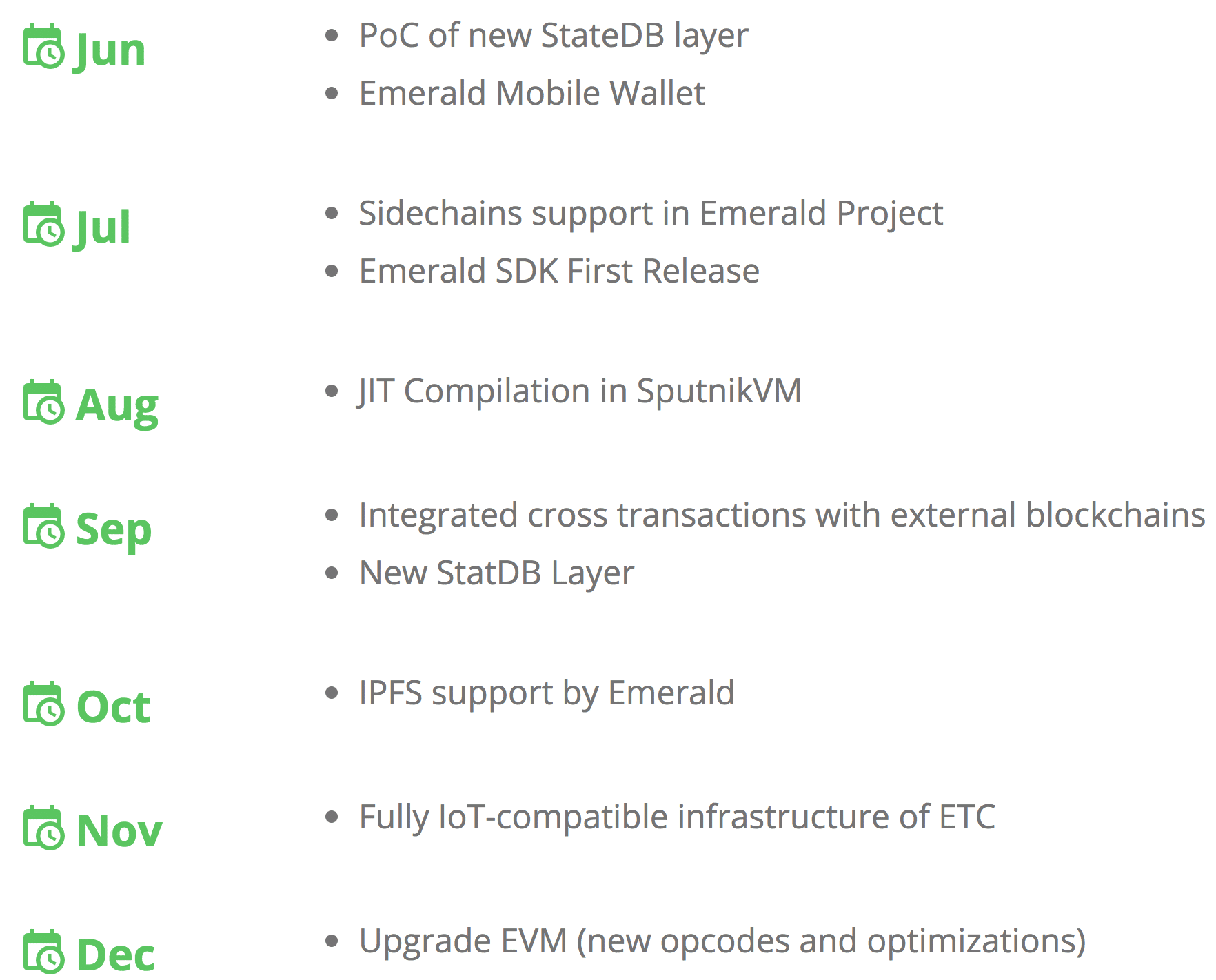
Ethereum Classic’s Competition
Obviously, Ethereum Classic’s main competition is their more popular twin, Ethereum. NEO is another one, a blockchain platform that focuses on smart contract technology. While some other companies would look at competition as just that – something to be competed with – ETC wants to focus on working with others, rather than against them. This is a unique perspective that might end up producing great results.
Or sinking ETC.
The Trading History
ETC has done well for itself. It’s in the top 20 wealthiest coins in market cap. The price went up recently after a conference in Hong Kong, and up even more (to $30) after an announcement that they’d be battling inflation. Since they’re focusing on decentralization and preventing inflation, it’ll be fascinating to see what happens to ETC in comparison to ETH, which is more centralized and allows for inflation. Other non-inflationary coins can be seen at our 2024 Best Of list, here.
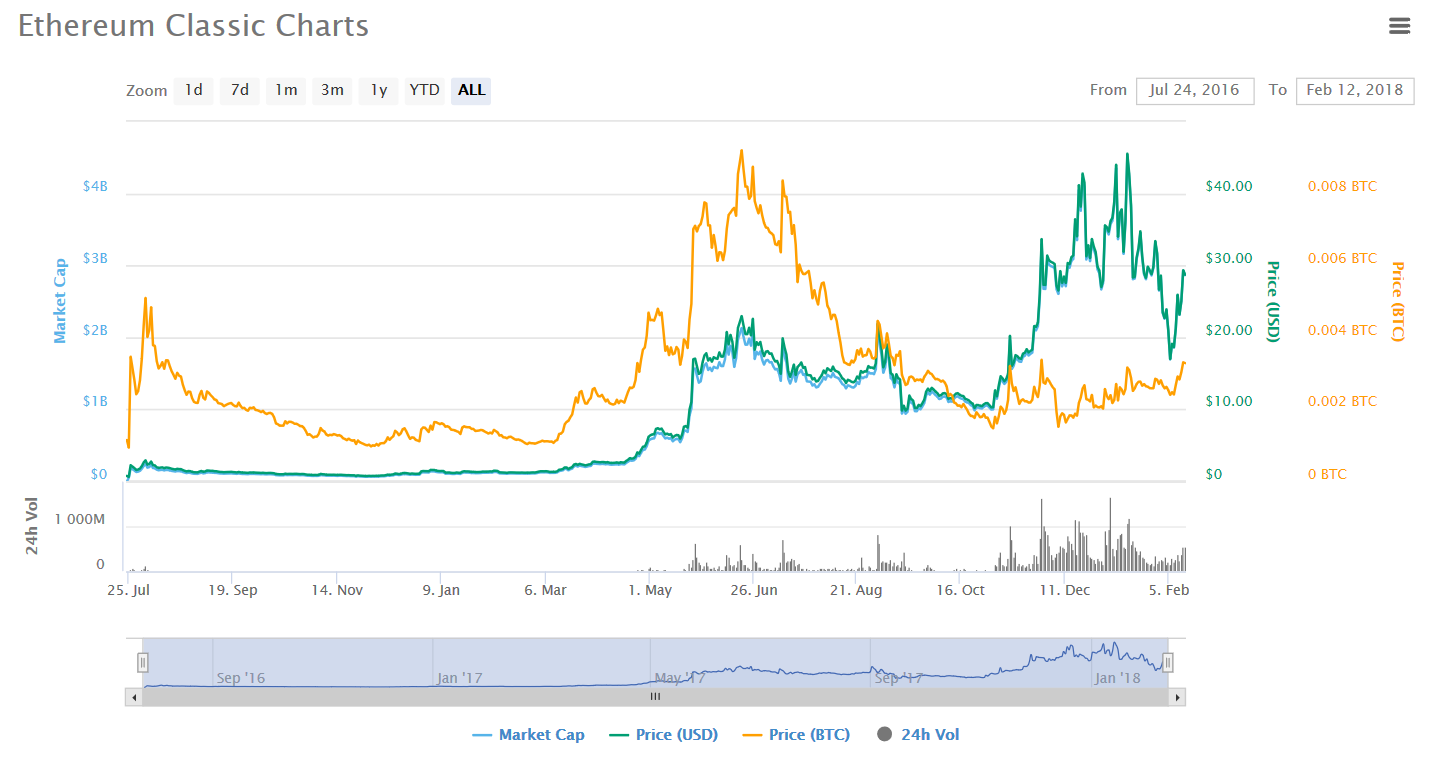
Where to Buy Ethereum Classic
Right now, the best places to get ETC are at Poloniex and Bittrex. These are two popular exchanges, but you’ll need to trade Bitcoin or Ether for them. If you want to use fiat, you can buy it directly at Bitfinex. This is the option most new users will likely want, unless they’ve accumulated wallets full of crypto.
Where to Store Ethereum Classic
When it’s completed, the Emerald Wallet is going to be the best place to store your ETC. But it’s not complete. It may not have all of its features by the time you read this, so don’t count on it being fully-functional. You can also store it on Jaxx, a mobile wallet. If you want lots of security, you’ll want a hardware wallet like the Ledger Nano
Ethereum Classic vs Ethereum
As we’ve seen, these are very different, despite the names. Ethereum Classic’s platform focuses on decentralization and the immutability of the blockchain, while Ethereum is more pragmatic and allows for centralization, inflation, and changing the blockchain to meet human needs. Ethereum Classic uses a proof-of-work system for mining. Ethereum, on the other hand, is moving to a purely proof-of-stake model, which they say it’s to reduce energy consumption and waste. Ethereum Classic’s value isn’t as high as Ethereum, but it’s still in the top 20.
Ethereum Classic vs Cardano
These platforms are somewhat similar, in that they’re both focused on decentralization as a philosophical point. Cardano is open-source, while Ethereum Classic isn’t. Both platforms are meant to eventually support a large number of dapps that use the blockchain to keep records of transactions and states. Ethereum Classic and Cardano both use their own currencies, although Cardano has designs for their platform to be adopted by financial institutions, while Ethereum Classic doesn’t seem to have such grand designs.
Ethereum Classic vs LiteCoin
LiteCoin is based off of Bitcoin, while Ethereum Classic is based off of Ethereum, so they’ll have different approaches and protocols. Ethereum Classic is partly focused on smart contract technology, while LiteCoin seems more focused on allowing peer-to-peer transactions. LiteCoin also focuses on quick block speeds, something it has in common with Ethereum Classic. ETC is also more focused on decentralization as a philosophy, while LiteCoin seems like it just wants to be a way for people to spend and receive money.
Frequently Asked Questions
- Where can I see a chart of Ethereum Classic’s trading history?
Coinmarketcap and Cryptocompare. - Is there an Ethereum Classic wallet?
Yes, but it’s under development. - How does Ethereum Classic mining work?
The traditional proof-of-work method. - Is Ethereum Classic on Reddit?
Yes. - What’s the future of Ethereum Classic?
If it takes off, it could grow in value. - What’s the prediction for Ethereum Classic?
If it can find a way to stop inflation and make itself user friendly, it could become a competitive alternative to Ethereum and similar blockchains. - Can I buy Ethereum Classic?
Yes, at Bittrex, Poloniex, and Bitfinex. - Where can I read Ethereum Classic news?
On Reddit, Twitter, or crypto blogs. - What is Ethereum Classic?
It’s the original blockchain of Ethereum, run by a development team that values stability, decentralization, the principle of “code is law,” and the idea that the blockchain should not be changed by people for any reason. - What’s the best Ethereum Classic wallet?
Software-wise, the official one. Hardware-wise, Ledger Nano S. - What does an Ethereum Classic mining rig look like?
Much like a Bitcoin one, we’d imagine. - How does Ethereum Classic perform vs Ethereum?
Check out our review above for the answer to that. - Is there an Ethereum Classic Twitter?
Yes. - What is the future price of Ethereum Classic?
If we knew, we’d be rich. - Can I buy Ethereum Classic with USD?
Yes, at Bitfinex.
Conclusion
Ethereum Classic started as a philosophical movement, and so many of its supporters will likely be those who join because they share the philosophy. ETC believes that the blockchain should never be changed for any reason, as this would violate the whole point of the blockchain – to be an impersonal, objective way to store, validate, and judge things, free of human interference. Ethereum Classic doesn’t look to be very innovative, but that goes along with their main focus: stability. Those who agree with that might want to check it out. Otherwise, it’ll be interesting to see how Ethereum Classic performs in the future, and if its philosophical stance will end up working in the real world.
Want more coins that offer stability? You should check our new list of the best altcoins of 2024 and see which ones measure up.



